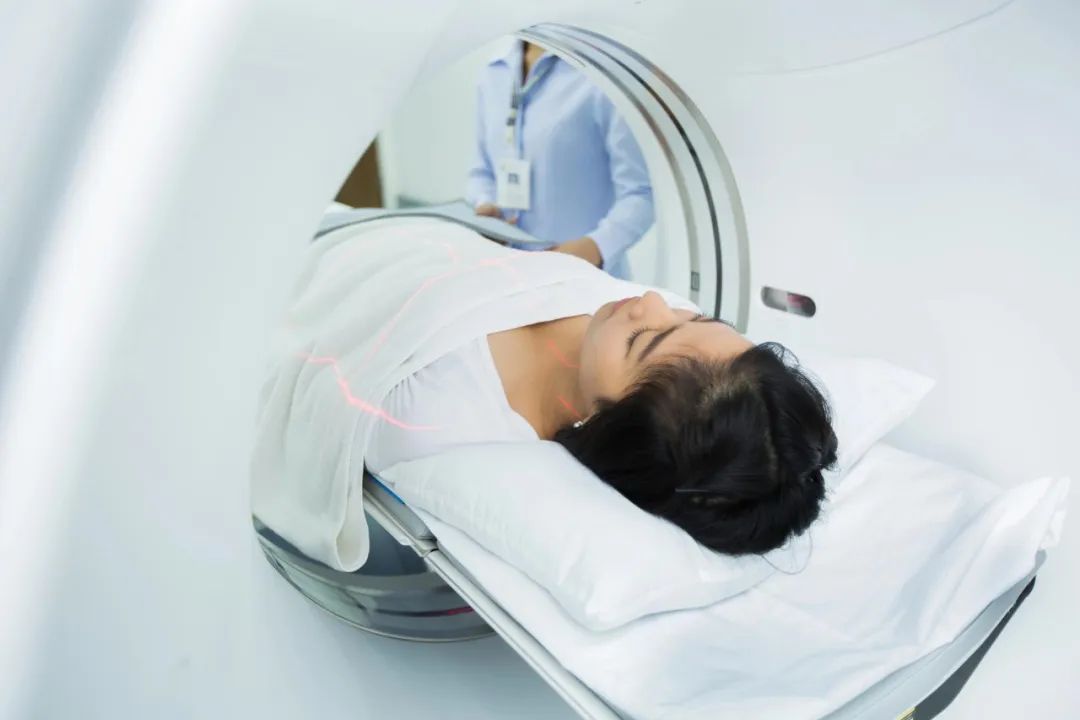CT may be associated with 5% of new cancers, but can this test still be done?
As an imaging test, computed tomography (CT) is not unfamiliar to many people. Sometimes when you don't feel well and go to the hospital, the doctor may prescribe one, and this will also be included during the physical examination.

Some people are worried about the amount of radiation to the human body. A recent study showed that CT scans may be associated with 5% of new cancers in the United States. How much radiation does a CT scan have? Is it related to cancer? Life Times combines new research and expert opinions to answer them one by one.

CT scans may be associated with 5% of new cancers
Recently, a new study published in the international authoritative journal "Journal of the American Medical Association - Proceedings of Internal Medicine" shows that cancer caused by CT examination may account for 5% of new cancer cases each year.

The study, led by researchers at the University of California, San Francisco, collected data from 93 million CT scans performed on about 61.51 million patients in the U.S. in 2023 (excluding CT scans received by patients in their last year of life) to estimate the lifetime incidence of cancer associated with radiation exposure from CT scans. The results showed that CT scans in 2023 alone could lead to about 103,000 new cases of cancer, with children and adolescents at a higher risk of cancer. With current rates and radiation levels unchanged, CT-related cancers could account for 5% of new cancer cases in the United States each year.
The most common types of cancer associated with CT examination were lung cancer, colon cancer, leukemia, and bladder cancer, with breast cancer being the second most common among female patients. CT of the abdomen and pelvis causes the most cancer cases in adults, followed by chest CT.
How big is the CT radiation?
Cellular DNA is an important genetic material that causes a series of biological changes when damage interferes with cell division. Sun Ying, deputy chief physician of the Department of Medical Imaging at Beijing Shijitan Hospital affiliated to Capital Medical University, said that ionizing radiation will be generated during CT examination, which has certain biological effects and can damage the DNA of human cells.
If CT scans are performed frequently and frequently, the damage effect accumulates, and there may be a risk of cancer. However, the probability of this carcinogenic risk is low, and it is related to a variety of factors such as radiation dose. The higher the radiation dose and the higher the frequency of examinations, the higher the risk of cancer. The risk can be effectively controlled within a reasonable radiation dose.
In fact, the human body is exposed to a certain amount of radiation (such as sunlight) in nature every day, that is, natural background radiation, and the average annual effective dose of natural background is about 3 millisieverts.
In common medical examinations, the radiation dose of a chest X-ray is about 0.1 millisieverts, which is equivalent to the radiation dose of 5~10 days outdoors in a natural environment or 20 hours by plane;
The radiation dose for a chest CT scan is about 7 millisieverts, which is equivalent to 2 years of natural radiation dose.
From this dose, as long as CT scans are not performed frequently, the risk is completely manageable.
At present, there are strict regulations in the medical field on the effective radiation dose generated by the examination and examination containing radiation, and the single effective radiation dose of a normal person should be less than 50 millisieverts, and the total effective radiation dose for the whole year should be less than 100 millisieverts. There is no need to panic excessively.
In addition, the radiation dose in the above study was calculated by Monte Carlo radiation transfer simulation, which estimated the absorbed dose of 18 organs in each CT scan and then averaged to each organ in stratification. Sun Ying said that in the actual examination, the patient only exposes the target site, and other non-examination parts will use lead protective equipment (such as lead caps, lead skirts, etc.), as long as the total amount of radiation received is controlled within a safe value, it is safe.
CT scan should be "necessary and moderate"
The appropriate frequency of CT scans varies from person to person, mainly depending on the individual's health status, the purpose of the examination, and the potential risks, etc., and generally follows the principle of "necessary and moderate".

Sun Ying said that for the general population without special disease symptoms or high-risk factors, it is not recommended to take CT as a routine physical examination item, if you need to use CT to check the disease, the frequency of examination should be determined according to the actual situation, generally no more than 1 time a year.
If patients with specific diseases need regular check-ups, the doctor will formulate an examination plan according to the condition, and it is recommended to follow the doctor's guidance.
For high-risk groups with a family history of cancer and long-term exposure to carcinogens, such as long-term smokers, it is recommended to do a low-dose chest CT (equivalent to the radiation dose of 5~7 chest X-rays) once a year according to the specific judgment of age and smoking age.
In addition, some of the more special populations, such as children and adolescents, are susceptible to radiation and can tolerate lower doses than adults, and all clinical devices have targeted scanning sequences to reduce radiation doses; Pregnant women must inform the doctor in advance before the examination, if within 12 weeks of pregnancy, try to avoid CT or X-ray examination, otherwise it may cause fetal damage, if after 12 weeks of pregnancy, depending on the condition.
Clinical medicine has certain sequential requirements for imaging examinations, and will choose according to the needs of the condition according to the radiation dose from low to high, or choose other imaging examination methods that can replace CT.
For simple bone diseases such as fractures or lung inflammation, CT is not used if X-ray can confirm the diagnosis;
Thyroid nodules, hyperthyroidism, hypothyroidism, Hashimoto's disease, gallstones, breast nodules, breast hyperplasia, breast fibroids, pediatric congenital heart disease, fetal detection, early pregnancy, ectopic pregnancy, ovarian cysts, uterine fibroids, etc., can choose ultrasound without radiation;
Brain tumors, lumbar disc herniation, joint injuries such as ligament injuries, knee meniscus injuries, spinal cord lesions, etc., can be selected as magnetic resonance imaging (MRI) without ionizing radiation.
Of course, there are some diseases that require CT, as long as you follow the doctor's instructions, there is no need to worry about panic, because the doctor will consider the specific situation, weigh the pros and cons, and choose the most suitable examination method to control the total radiation dose within a safe value







